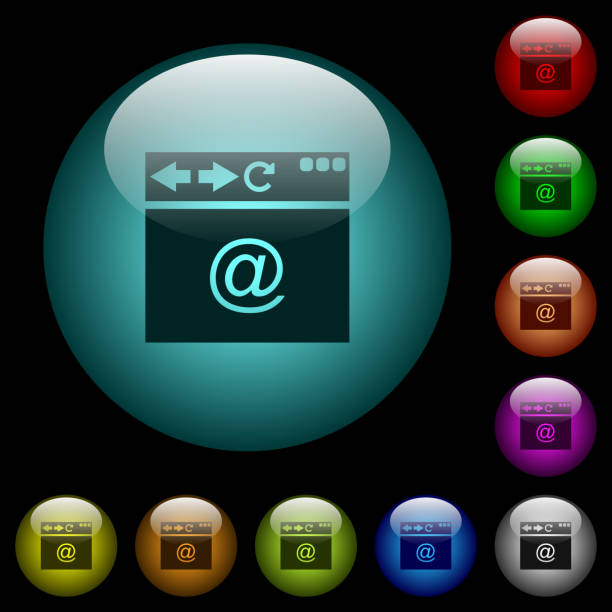Telnet, SSH, and HTTPS are essential protocols used for remote management of network devices—but without proper safeguards, they can become major security liabilities. Unsecured administrative access can lead to credential theft, unauthorized configuration changes, and even complete network compromise.
As enterprise networks expand in scale and complexity, the importance of securing management access grows exponentially. IT and network professionals must understand the vulnerabilities these protocols introduce and the strategies to mitigate them effectively.
CCIE Security Training covers these topics in depth, teaching professionals how to implement access controls, enforce encryption, and apply authentication measures that align with enterprise-grade security standards. This blog outlines best practices to strengthen your network’s defenses.
Why Securing Management Access Matters
Management access allows network administrators to perform vital configuration and monitoring functions on routers, switches, firewalls, and other devices. However, without proper controls, these access points become high-value targets for attackers.
Common Threats:
- Credential theft via sniffing or brute-force attacks
- Man-in-the-middle (MITM) exploits on unencrypted sessions
- Privilege escalation through misconfigured accounts
- DoS attacks affecting control plane functionality
As a result, securing the protocols used for device management—Telnet, SSH, and HTTPS—is essential for preserving the confidentiality and integrity of network operations.
Telnet vs SSH vs HTTPS – Security Comparison
The following table outlines the key differences between these protocols.
| Protocol | Encryption | Authentication Support | Common Use Case | Security Level |
| Telnet | ❌ No encryption | Basic login only | Legacy CLI access | 🚫 Insecure |
| SSH | ✅ Strong encryption | Password + key-based | Secure CLI access | ✅ Secure |
| HTTPS | ✅ SSL/TLS encryption | Username/password, certificates | Secure web GUI | ✅ Secure |
Telnet: Legacy and Risky
Telnet is a protocol developed in an era before cybersecurity threats were prevalent. It transmits all data—including usernames and passwords—in plaintext. Any attacker with access to the network can capture and read Telnet traffic using basic packet sniffing tools.
Best Practices:
- Avoid using Telnet in production networks.
- If temporarily required, restrict access to trusted IP addresses using ACLs.
- Monitor Telnet sessions through logging and accounting.
- Replace with SSH wherever feasible.
SSH: Secure Remote CLI Access
SSH (Secure Shell) is the industry standard for encrypted command-line access to network devices. It offers confidentiality, integrity, and strong authentication using both passwords and cryptographic key pairs.
Best Practices:
- Use SSH version 2 (SSHv2) only, as SSHv1 has known vulnerabilities.
- Implement key-based authentication instead of passwords for automation and stronger security.
- Restrict SSH access using access control lists (ACLs) or device firewall rules.
- Enforce session timeouts and idle logoff policies to reduce exposure.
- Apply role-based access to ensure administrators only have necessary privileges.
HTTPS: Web-Based Management the Secure Way
Many modern network devices offer browser-based GUI access. While HTTP offers no security, HTTPS secures communication using SSL/TLS, ensuring that administrative credentials and data are encrypted in transit.
Best Practices:
- Disable HTTP entirely to prevent unencrypted access.
- Use strong TLS protocols (preferably TLS 1.2 or 1.3).
- Avoid using self-signed certificates; instead, deploy CA-signed certificates.
- Allow GUI access exclusively from authorized management networks or VLANs.
- Implement multi-factor authentication (MFA) for additional security.
- Regularly audit and rotate SSL/TLS certificates to avoid expired or weak credentials.
Cross-Protocol Best Practices
Regardless of the protocol in use, the following universal security practices help protect administrative access:
🔹 Centralized Authentication
Integrate your devices with RADIUS or TACACS+ servers for centralized AAA (Authentication, Authorization, and Accounting). Cisco ISE is often used for enterprise-scale deployments.
🔹 Role-Based Access Control (RBAC)
Ensure that users are assigned minimum necessary privileges. For example, a junior network admin may be given monitoring access only, not full configuration rights.
🔹 Logging and Monitoring
Every administrative login attempt should be logged. These logs can be forwarded to a SIEM system or syslog server to alert on suspicious activity.
🔹 Access Restrictions
Permit remote access only from subnets or IP ranges that are trusted. Apply inbound filters on the management interfaces using extended access lists.
🔹 Session Policies
Define policies for session timeouts and maximum connection attempts. These measures help mitigate risks from idle sessions and brute-force attacks.
🔹 Control Plane Protection
To guard against control plane resource exhaustion (like DoS attacks targeting SSH or HTTPS), use CoPP (Control Plane Policing) or CPPr (Control Plane Protection) mechanisms.
Mistakes to Avoid
- Keeping Telnet enabled “just in case”
- Using default or weak administrative credentials
- Allowing SSH or HTTPS access from untrusted networks (like the internet)
- Neglecting to update device firmware with the latest security patches
- Ignoring certificate expiry dates and TLS cipher vulnerabilities
Conclusion
Telnet, SSH, and HTTPS are no longer just tools for remote management—they are critical security touchpoints that require diligent oversight. As threats become more advanced and networks more distributed, attackers actively exploit weak or misconfigured management protocols to gain unauthorized access. Ensuring these access points are properly secured is essential for protecting both device integrity and the broader network.
CCIE Security emphasizes this level of operational discipline, requiring candidates to master the implementation of secure access methods under challenging scenarios. Whether you’re working toward certification or leading enterprise security operations, following these best practices ensures a stronger, more resilient network that can withstand evolving cybersecurity threats.







